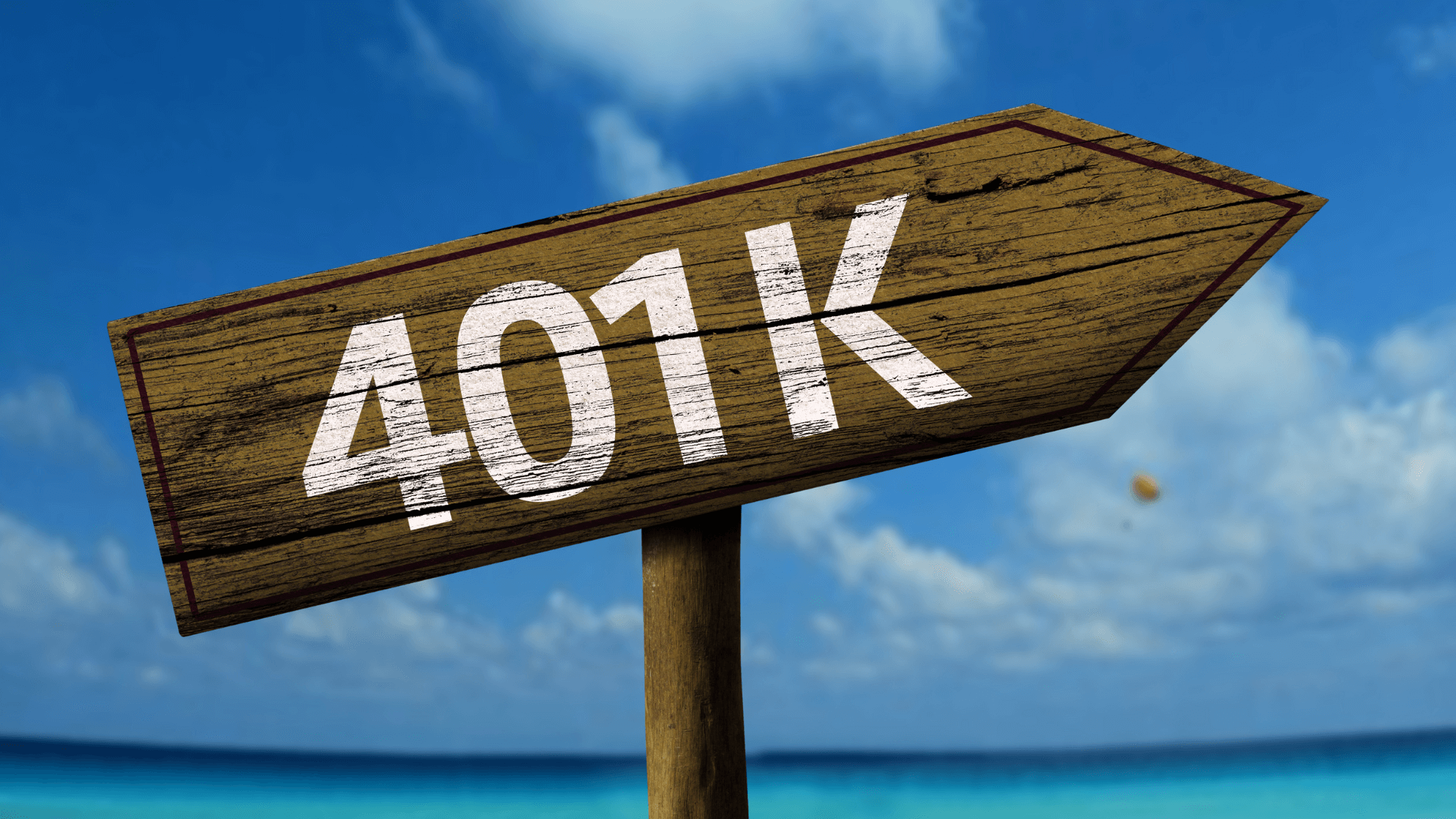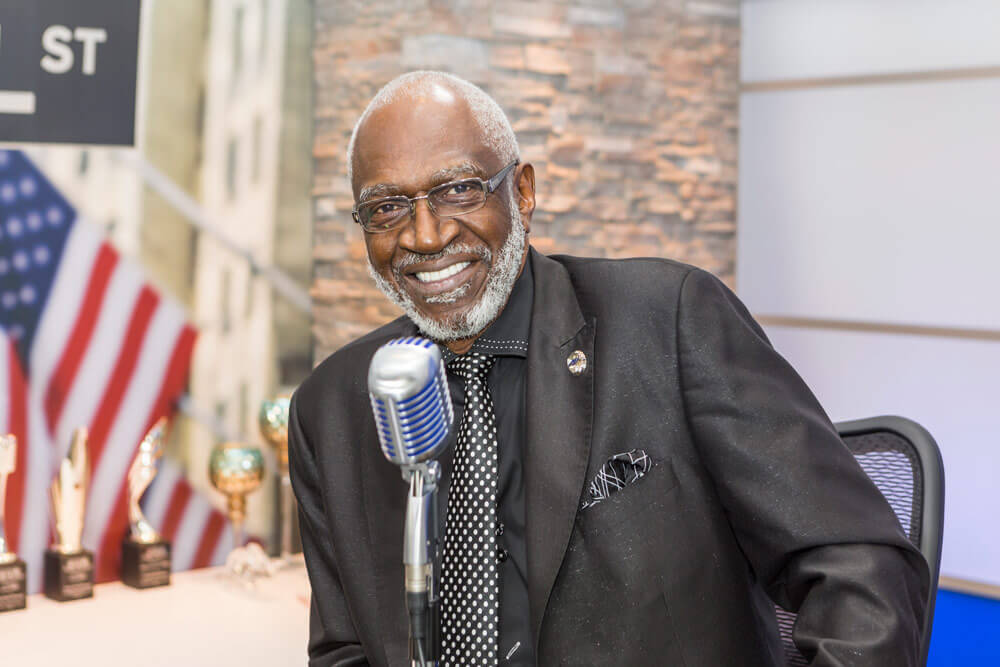Changing Jobs? Know Your 401(k) Options

If you’ve lost your job, or are changing jobs, you may be wondering what to do with your 401(k) plan account. It’s important to understand your options.
What happens to my 401(k) plan when I leave my job?
If you leave your job (voluntarily or involuntarily), you’ll be entitled to a distribution of your vested balance. Your vested balance always includes your own contributions (pre-tax, after-tax, and Roth) and typically any investment earnings on those amounts. It also includes employer contributions (and earnings) that have satisfied your plan’s vesting schedule.
In general, you must be 100% vested in your employer’s contributions after three years of service (“cliff vesting”), or you must vest gradually, 20% per year until you’re fully vested after six years (“graded vesting”). Plans can have faster vesting schedules, and some even have 100% immediate vesting. You’ll also be 100% vested once you’ve reached your plan’s normal retirement age.
It’s important for you to understand how your particular plan’s vesting schedule works because you’ll forfeit any employer contributions that haven’t vested by the time you leave your job. Your summary plan description (SPD) will spell out how the vesting schedule for your particular plan works. If you don’t have one, ask your plan administrator for it. If you’re on the cusp of vesting, it may make sense to wait a bit before leaving, if you have that luxury.
Don’t Spend Your 401(k)
While this pool of dollars may look attractive, don’t spend it unless you absolutely need to. If you take a distribution you’ll be taxed, at ordinary income tax rates, on the entire value of your account except for any after-tax or Roth 401(k) contributions you’ve made. And, if you’re not yet age 55, an additional 10% penalty may apply to the taxable portion of your payout. unless an exception applies. (Special rules may apply if you receive a lump-sum distribution and you were born before 1936, or if the lump-sum includes employer stock.)
If your vested balance is more than $5,000 ($7,000 beginning in 2024), you can leave your money in your employer’s plan at least until you reach the plan’s normal retirement age (typically age 65). But your employer must also allow you to make a direct rollover to an IRA or to another employer’s 401(k) plan, if permitted by that plan. As the name suggests, in a direct rollover the money passes directly from your 401(k) plan account to the IRA or other plan. This is preferable to a “60-day rollover,” where you get a check made payable to you and then roll the money over yourself, because your employer has to withhold 20% of the taxable portion of a 60-day rollover. You can still roll over the entire amount of your distribution, but you’ll need to come up with the 20% that’s been withheld until you recapture that amount when you file your income tax return.
Need help to understand what you can do with multiple 401(k) plans?
I know a lot of pre-retirees who have changed jobs over the years & have “collected” multiple 401(k) plans while employed. If you are planning to enter into retirement, let me help you get those 401(k) plans consolidated & accounted for in your retirement plan. Let’s pave a simple-to-understand roadmap to your retirement goals.

Schedule a no-obligation consultation with me today.
https://calendly.com/freeman-7/free-consultation
